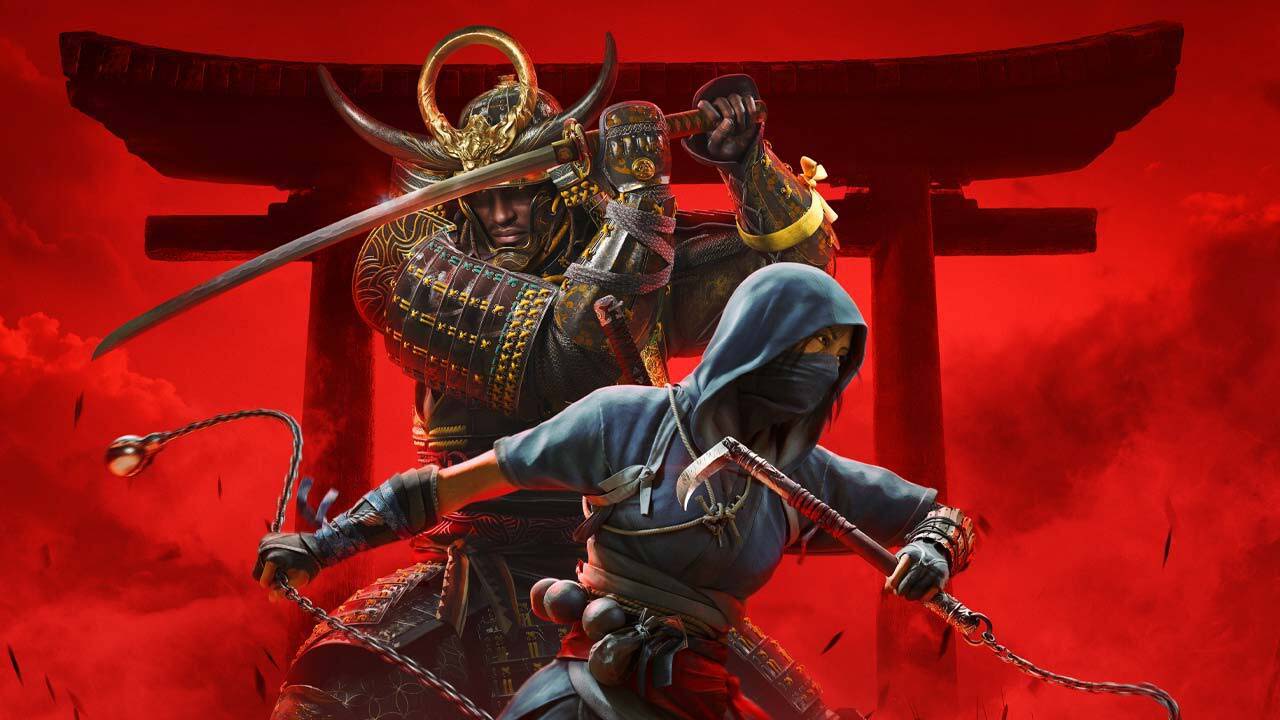From the moment Ubisoft announced it, Assassin’s Creed Shadows was destined to be a headline act. We could practically feel the excitement ripple through every online forum—finally, a trip to feudal Japan! It wasn’t just the samurai and shinobi fantasy fueling our anticipation, it was the chance to step into an era that so many of us had petitioned for, imagined, and dreamed about. After hours of slicing through shadowy paths and golden fields, we’ve gathered our thoughts on where this journey soars and where it stumbles. Welcome to our honest, balanced Assassin’s Creed Shadows review—one that’s as much about our experiences as about the game’s ambitions.
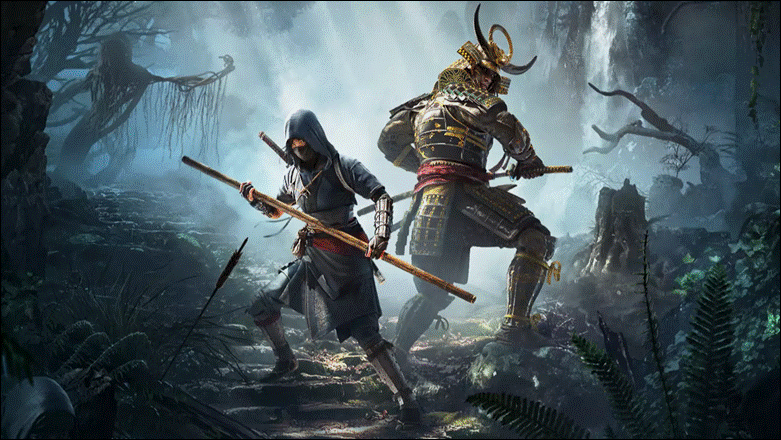
- You control two unique heroes: Naoe, the stealthy shinobi, and Yasuke, the powerful samurai.
Assassin’s Creed Shadows Review: Beauty, Depth, and Unmet Promise
Anticipation met reality as soon as we plunged into Shadows’ cold open. Here, the game wastes no time thrusting us into a world split between poetry and violence—an operatic introduction to dual heroes Naoe and Yasuke, both thrust by circumstance and conviction into dangerous currents of history.
The Story: A Compelling Main Narrative
From the very first scenes, Assassin’s Creed Shadows signals a focus that past games sometimes lacked. We were hooked on the intertwining stories of Naoe, a nimble shinobi haunted by family loyalties, and Yasuke, the legendary African samurai, as each navigates political intrigue and moral dilemmas. Their arcs are tightly constructed—mission objectives flow naturally from their backgrounds and emotional drives, never feeling forced. It’s not every day we actually finish an Assassin’s Creed story out of a genuine desire to see how it ends, yet that’s exactly what happened here. Newcomers shouldn’t worry either: while there are nods to lore for series veterans, the core narrative stands strong and accessible.
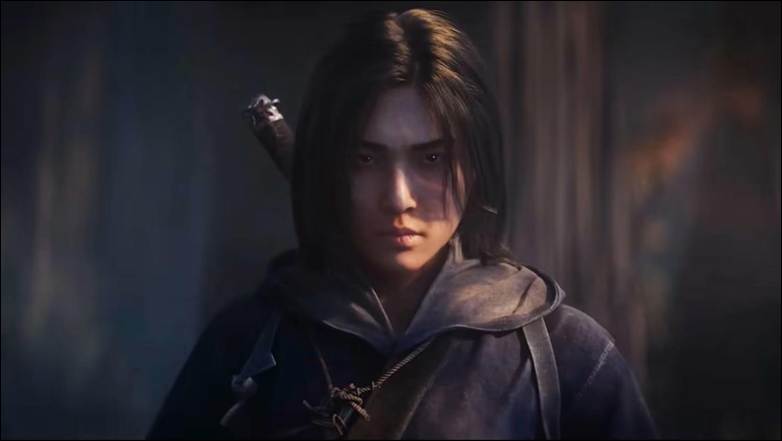
- The dual-protagonist system offers contrasting gameplay styles—silent infiltration vs. open combat.
Visual Splendor and Authentic Atmosphere
Experiencing Assassin’s Creed Shadows, as highlighted in this Assassin’s Creed Shadows review, meant being consistently overwhelmed by its atmospheric beauty. No exaggeration: whole afternoons vanished just wandering and breathing in the lush details. Cherry blossoms drift across courtyards; temples glow beneath lantern light; mist lingers in pine forests with a painter’s touch. Each region—whether war-torn battlefield or peaceful fishing hamlet—bursts with authenticity and loving historical detail. Critics weren’t lying when they called this “the most beautiful AC to date.” Still, after a while, a certain frustration crept in: for all this splendor, so much of the land is just window dressing, as we’ll soon discuss.
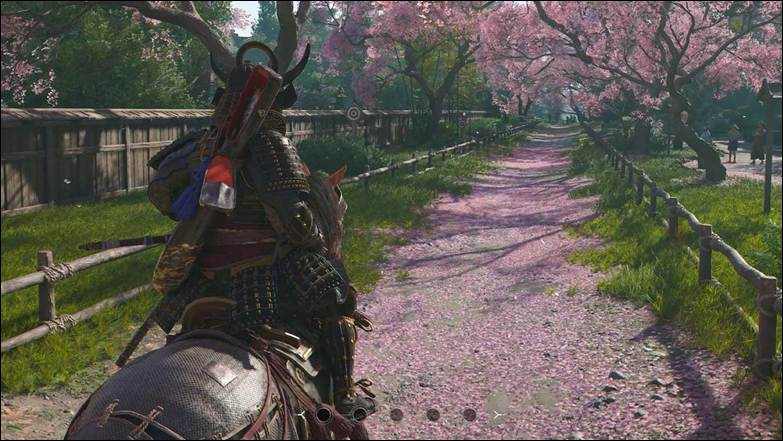
- The open world includes forests, castles, towns, and hidden shrines to explore.
The Limits of Freedom: Flawed Open World Execution
A first impression of boundless freedom fades quickly as you explore. So many times, we’d gaze up at a distant castle or sacred shrine, only to bump up against the game’s invisible barriers. Shrines we could see but never walk through; mountain paths visible yet forever just out of reach; whole villages that felt like painted sets rather than places you could truly inhabit. The world is less seamless than what we remember from Odyssey or Valhalla. While the map is huge and intricately crafted, at times it felt more like a beautiful stage than a vibrant living space.

- Combat is brutal and weighty, with detailed animations and responsive weapon clashes.
a. The Illusion of Freedom
As this Assassin’s Creed Shadows review will attest, countless moments left us longing for the untethered exploration we’ve come to expect from the series. There’s something dispiriting about running full tilt toward an enticing landmark, only to slam into an invisible wall. The illusion of freedom becomes all too literal—a world filled with sights you can admire but not always access.
b. Missed Opportunities in Exploration
This isn’t just about what’s locked off—it’s about missed opportunities. We remember the rush of cresting a hill in Odyssey, spotting a temple miles away, and knowing we could get there, discover something, maybe stumble into a side plot. In Shadows, moments like that are rare. Exploration is guided, not organic; so much potential for surprise or serendipity is left on the table.
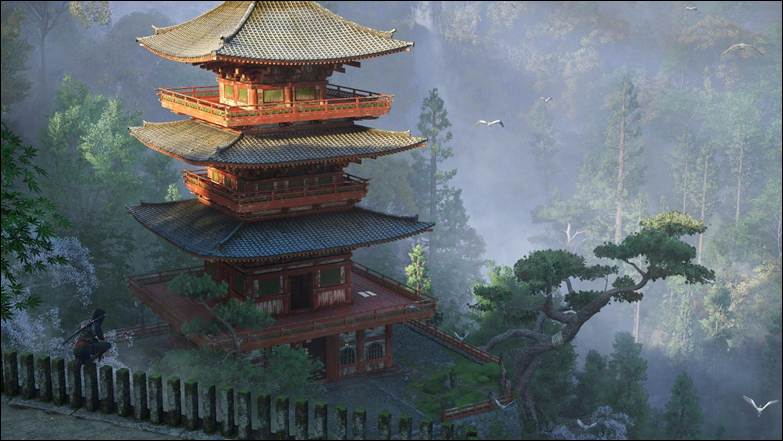
- RPG systems allow deep customization of abilities, weapons, and playstyle.
Gameplay: Repetition and Missed Potential
It doesn’t take long before familiar Assassin’s Creed rhythms—good and bad—surface. The main missions offer a reliable blend of stealth, combat, and the kind of tense set pieces we crave. Unfortunately, outside these peaks, the gameplay settles into routine too quickly.
a. Familiar Patterns
As several forum threads have pointed out, after a handful of hours, you’ve practically seen the extent of what Shadows wants to show you: clear out enemy camps, tail a target, climb to a viewpoint, and loot a chest. Stealth is snappy, combat satisfying, and the moment-to-moment is polished—but where’s the wildness, the unknowns? Even when you unlock new skills, the core mission structure begins to blur together, a point often echoed in discussions surrounding the Assassin’s Creed Shadows review.

- Guard dogs, sound cues, and footprints raise the stakes in stealth scenarios.
b. Brief Highlights
All that said, there are flashes of brilliance. A haunted castle investigation here, a tense nighttime rescue there—these missions remind us of the series’ best storytelling, offering pockets of originality. We just wish there were more of them.
Side Content: Scant and Shallow
For those of us who love to get lost in side plots, Assassin’s Creed Shadows is a letdown. The world events and side quests are sparse, and what’s there rarely dives deeper than another fetch or kill mission. It’s a strange reversal after games like Odyssey, where hours could disappear in quirky character arcs, memorable vignettes, or even mysteries tucked away off the main path.
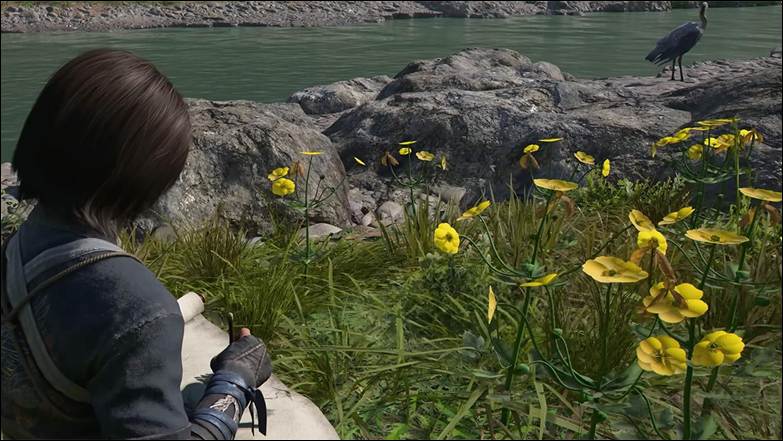
- Dynamic lighting plays a big role—torches, lanterns, and windows all affect visibility.
There are collectibles, of course, but without meaningful stories attached, they quickly become busywork. We finished the main quest, hoping to uncover a hidden gem off the beaten path—alas, few such surprises awaited. Community chatter echoes the disappointment: the world cries out for richer, more imaginative side content.
Audio & Cultural Details: Japan Comes Alive
When it comes to sound, the game truly shines. Whether trudging through downpours, slipping past temple monks, or joining festival crowds, we found ourselves enveloped by an auditory tapestry—markets clattering, shamisen plucking softly in the wind, frogs chorusing at dusk. The soundtrack’s embrace of traditional Japanese instruments feels both respectful and organic, never forced. We can’t overstate how much the Japanese-language dub elevates every line, adding a layer of authenticity that’s drawn near-universal praise. For us, moments spent listening and watching—a key aspect we considered in this Assassin’s Creed Shadows review—were among the game’s purest pleasures.
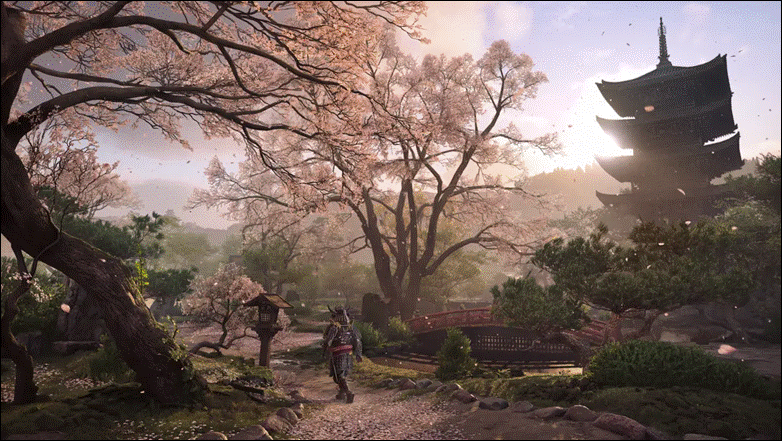
- Shadows is built for next-gen hardware, delivering stunning visuals and fluid performance.
Performance & Technical Aspects
On the technical front, Assassin’s Creed Shadows holds up well. For a sprawling open world, bugs are impressively few—no game-breaking disasters, just a handful of minor hiccups (occasionally, we caught an NPC stuck in a doorway or noticed stiffness in animation, especially on rooftops). Playing on PS5, the ray tracing and HDR breathe life into sunsets and moonlit shrines. Compared to messier launches in the franchise, Shadows feels stable and finely tuned.
To Wrap Up: Beauty and Story, Limited by Design Choices
Bringing it all together, we’re left with a game that’s easy to admire, harder to love unreservedly. The focused main plot, arresting visuals, and soundscape are genuine achievements. But the shallow pool of side content, the world’s artificial limits, and the creeping repetition hold Assassin’s Creed Shadows back from true greatness. What we’re left with feels less like a boundless adventure and more like a meticulously crafted set piece—a cinematic, beautiful experience hemmed in by its own design. Still, if what you crave is to lose yourself in the beauty of feudal Japan and a truly compelling story, there’s so much to savor—just don’t expect to wander far from the director’s script. Reflecting on our experience for this Assassin’s Creed Shadows review, we ask: How did Shadows feel to you? Did the world’s splendor or the main quest outweigh the limits, or did you miss the freedom and creative chaos of earlier games? Let us know how your journey unfolded.
Read the latest game reviews on Gamerative.
FAQ: Assassin’s Creed Shadows Review
Q1: Can you switch freely between Naoe and Yasuke at any time in the game?
Player control alternates depending on story progression and certain mission contexts, but you can’t always swap between Naoe and Yasuke at will in the open world—some key chapters allow freedom of choice, while others are fixed.
Q2: Does Assassin’s Creed Shadows have multiple endings?
No, Shadows delivers a singular, predetermined ending for both protagonists. Player choices have minor dialogue impacts, but don’t branch into radically different outcomes.
Q3: Is there a full Japanese language setting for both audio and subtitles?
Yes, at launch, the game includes both Japanese voice acting and optional Japanese language subtitles, fully supporting an immersive, authentic playthrough.
Q4: How does Assassin’s Creed Shadows handle upgrading equipment and abilities?
Progression focuses on crafting and gathering traditional materials—upgrades are more streamlined than in past titles, emphasizing weapon types and unique shinobi/samurai skills rather than overwhelming loot drops.

